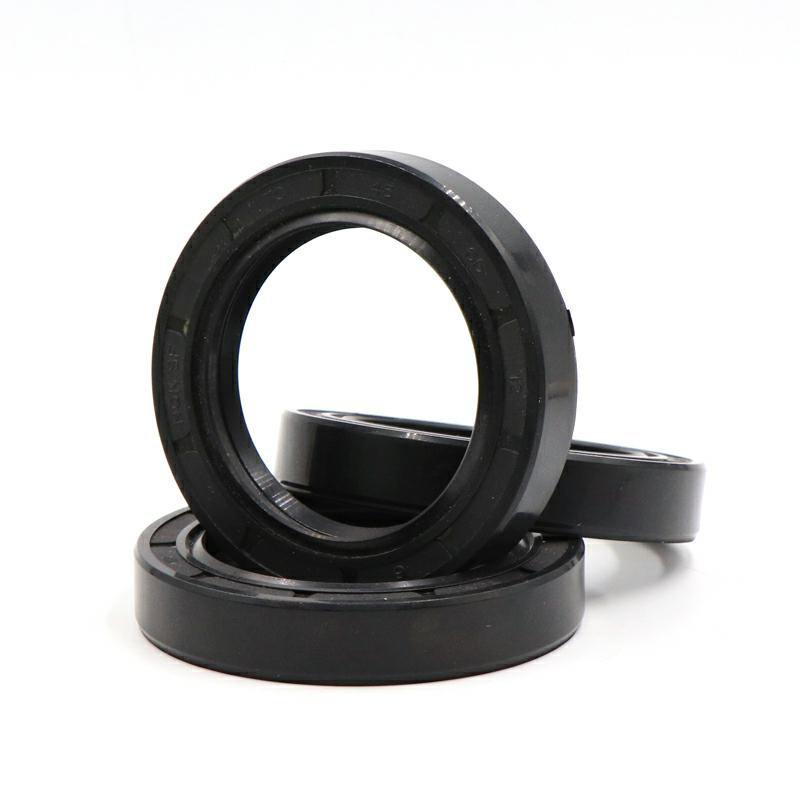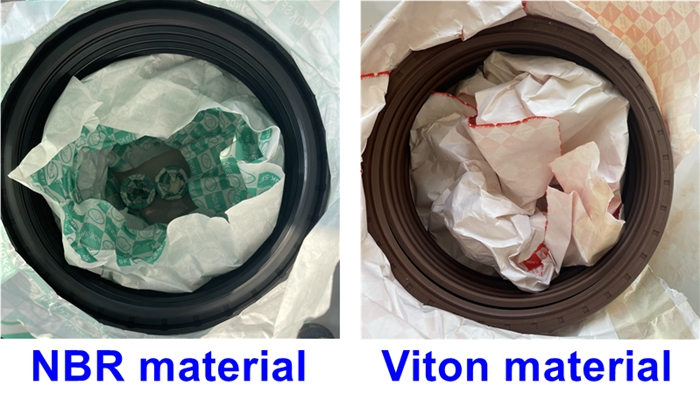Oil Seals

Oil Seals Introduction:
Oil seals are mechanical elements which are used to seal oil (oil is the most common liquid substance in the transmission system, and also refers to the general liquid substance). It isolates the parts that need to be lubricated in the transmission parts from the output parts, and does not allow lubrication Oil leaks. Static seal and dynamic seal (generally reciprocating motion) with seals are called seals. The representative form of the oil seal is the TC oil seal, which is a double-lip oil seal with a self-tightening spring covered with rubber.
Oil seals are mainly used at the junction of two lubricated parts to prevent oil from seeping out, such as crankshaft oil seal, half shaft oil seal, transmission case oil seal, etc.
What Is a Skeleton Oil Seal?
The skeleton oil seal is a typical representative of oil seals. Generally speaking, oil seal refers to the skeleton oil seal.
The function of the oil seal is generally to isolate the parts that need to be lubricated in the transmission parts from the output parts, so as not to let the lubricating oil leak. The skeleton is like the steel bar in the concrete member, which strengthens and keeps the shape and tension of the oil seal.
According to the structure, it can be divided into single lip skeleton oil seal and double lip skeleton oil seal. The secondary lip of the double-lip skeleton oil seal plays a dust-proof role, preventing external dust and impurities from entering the inside of the machine.
According to the skeleton type, it can be divided into inner skeleton oil seal, exposed skeleton oil seal and assembled oil seal.
According to working conditions, it can be divided into rotating skeleton oil seal and reciprocating skeleton oil seal. Used in gasoline engine crankshafts, diesel engine crankshafts, gearboxes, differentials, shock absorbers, engines, axles and other parts.
Material:
The general materials of the skeleton oil seal are include: nitrile rubber (NBR), fluorine rubber (VITON), silica gel (SIL), nylon (PA).
These four are the most common materials.


